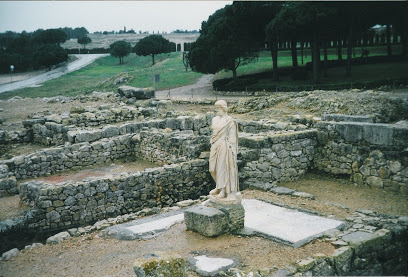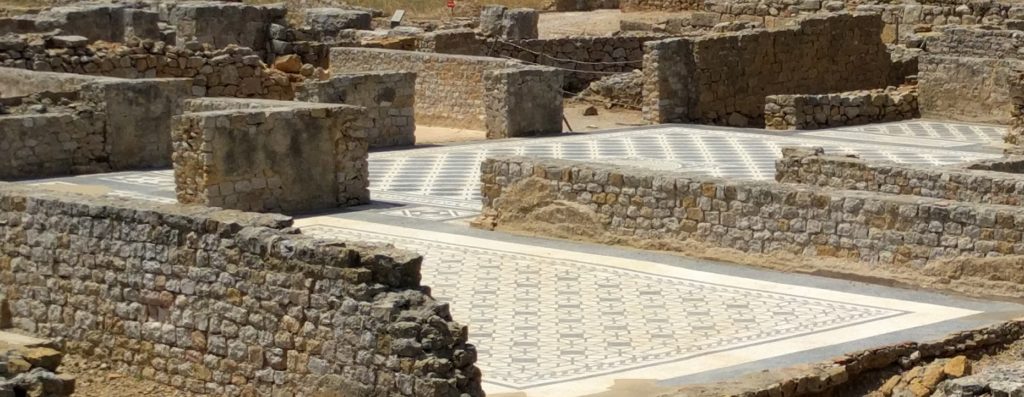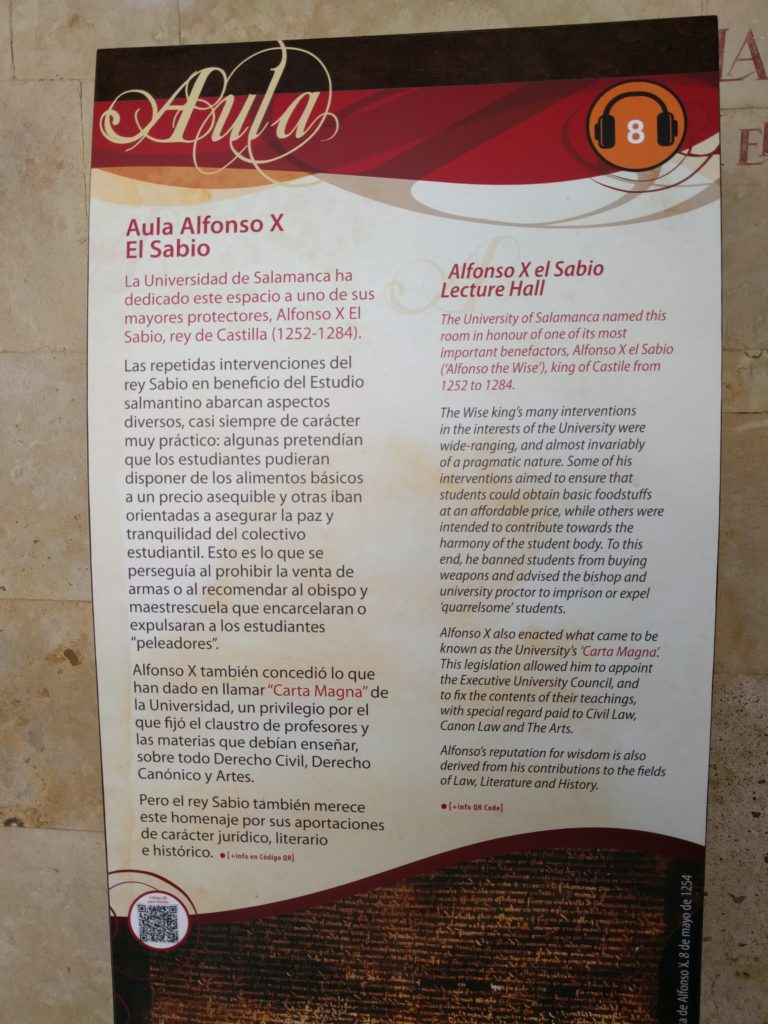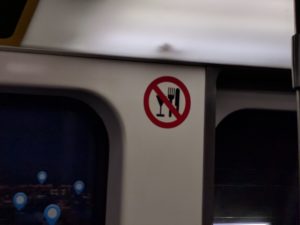Readers who find this post tl;dr can search ahead for the trip’s highlights: Tito Bustillo cave, As Catedrais beach, A Chavasqueira thermal baths, and a hike from Santiago de Compostela to Negreira.
I have just returned from my third trip to Spain in the last four years. The first trip, in 2016, was a linguistically-inspired itinerary through what I referred to as “Northern Spain.” To be more accurate, that trip went roughly from west to east across the northern half of the country, but not to the northern coast itself. Last year I went to Andalucía (southern Spain). So this year I determined to head to Spain’s true north: the provinces of Galicia, Asturias, Cantabria, and the Basque Country. It was a wonderful trip, combining natural beauty with man-made pleasures, and for the most part free of the hordes of tourists that plague Andalucía and Barcelona.
The trip involved three weeks of travel by train, car, and bus with three different companions: first my husband, then two friends (separately), one of whom I met through the website thelmandlouise.com. (I’ll use “we” generically in this post.) Below is a map of our itinerary. We went from east to west in order to wrap up the trip in the pilgrimage destination of Santiago de Compostela.
The trip began in San Sebastián, a small city famous for its perfect, shell-shaped main beach (appropriately named La Concha), and for its food culture. The weather was cool and drizzly, but as we hadn’t counted on swimming this wasn’t a real problem. We enjoyed walking along the beach, and took a fun and filling “Pintxos tour” with a guide we found on airbnb (pintxos are the Basque version of tapas). We splurged on an ocean-view room at a “Grand Dame” beach hotel, El hotel de Londrés y de Inglaterra.
Bilbao became a major tourist destination in 1997, when the Guggenheim Museum opened a Frank Gehry-designed branch there. The architecture is stunning. The art inside was another story: the museum does not have a comprehensive permanent collection, but rather specializes in temporary exhibitions, none of which we particularly cared for. However, we loved Richard Serra’s “The Matter of Time“, on display at the Guggenheim since 2005. It is a group of enormous steel sculptures that invite you to walk in and around them, as in a labyrinth. Bilbao’s older museum, the Museum of Fine Arts, was also worth seeing, especially this Zurburán.
By the way, we found Richard Serra exhibit so compelling that we brushed up on the artist’s life. We hadn’t realized that Serra is half-Spanish, or that his brother was the inspiration for the movie True Believer, one of our long-time favorite films, starring James Woods and a young Robert Downey, Jr.
Santander is a terrific city! It doesn’t have a historical district because it suffered a major fire in 1941, but it has a wonderful seaside location, with beaches, ferries, and walking paths, as well as top-notch shopping. Practically tourist-free, too (at least in early June). We had an enormous room at the Hotel Bahía, which is on the waterfront though not on a beach.
On the map above, Comillas is the unlabeled stop between Santander and Llanes. We stopped there to tour “El Capricho”, a house that the famous Catalan architect Antoni Gaudí built early in his career, in his late 20s. I’ve toured Gaudí’s better-known buildings in Barcelona but this was by far my favorite. It is drop-dead gorgeous on the outside, and very much a Gaudí building, with a fairy-tale tower and many nature-inspired forms. At the same time, the inside is welcoming and even practical: the kind of house that someone would actually want to live in. At least I would. PS I have been kicking myself for not buying the 1000-piece Ravensburger jigsaw puzzle sold in the Capricho’s gift shop. It turns out not to be available anywhere else!!! It would have fit in my suitcase if I had put the pieces in a bag and kept only the top of the box (with the picture). If you live in the NY area and are going to Comillas, let me know; maybe we can work something out. Edit from 2023: It turns out that Spanish museum gift shop loot, including “my” puzzle, can also be purchased online at mymuseumshop.com, but shipping to the U.S. would have been $50. So I had the puzzle sent to my hotel in Florence during a recent trip to Italy (this gave me an extra incentive to pack light) and am looking forward to eventually putting it together.
The small village of Llanes becomes a tourist mecca in the summer. Since it was still too cold to swim when we were there, things were pretty peaceful. We liked Llanes for its wonderful Hotel Don Paco (our favorite lodging from the entire trip), its small medieval section, and the wonderful walks we took along the seaside cliffs.
Llanes is also a good jumping-off point for trips into Picos de Europa. a Spanish national park that encompasses a spectacularly beautiful mountain range: “the Switzerland of Spain,” as it were. One day we attempted the popular “Garganta del Cares” trail. After hiking two miles from a satellite parking lot to the trailhead, we were defeated by the utter lack of shade on the trail itself. A second outing was more successful; we hiked a peaceful and mostly shady five-kilometer loop trail that began in the hamlet of San Pedro de Bedoya and continued through a series of fields and even smaller hamlets. (It’s the sixth “short walk for motorists” in Teresa Farino’s very useful book about Picos hiking.) We then spent the night at the Parador in Fuente Dé, which has a spectacular setting in the heart of the mountains, at the base of a popular gondola, but is an architectural failure. I can’t recommend the hotel, though the gondola was great.
En route from Llanes to Oviedo we visited the Cueva de Tito Bustillo, just outside Ribadesella, to see its famous prehistoric cave paintings. This was (and is) an extraordinary opportunity, given that only five tourists a week (!!!) are allowed to visit the Altamira cave, also in Northern Spain, and the Lascaux cave in France is closed to visitors. However, it is essential to reserve a spot on a specific tour well in advance. Our cave guide was excellent. Inter alia he pointed out how the prehistoric artists carefully located their drawings on parts of the cave wall whose bumps and dips added a realistic third dimension to their drawings, as in the full cheek on the horse’s head below.
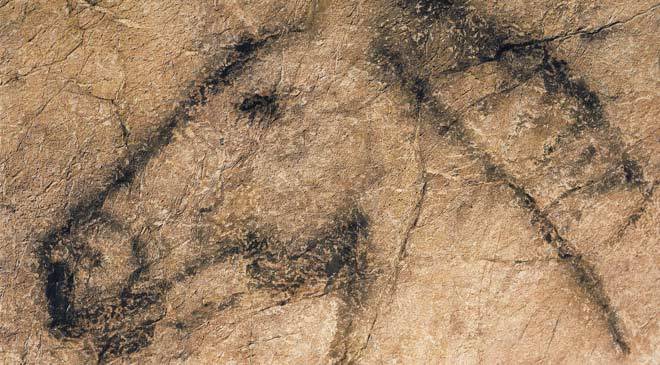
Oviedo is a substantial city whose downtown boasts lively streets and also the lush and peaceful San Francisco park. Our favorite spot was the small but spectacular 9th-century Santa Maria de Naranco church, a UNESCO World Heritage site.
En route from Oviedo to Lugo, as we passed into Galicia, we stopped at another highlight of the trip: As Catedrais beach. At low tide you can walk out onto the sands and around the enormous, cathedral-like rocks. Just west of the beach we had a wonderful lunch at Restaurante La Yenka that featured scrumptious arroz negro (rice cooked with squid and squid ink). This was probably my favorite meal from the whole trip.
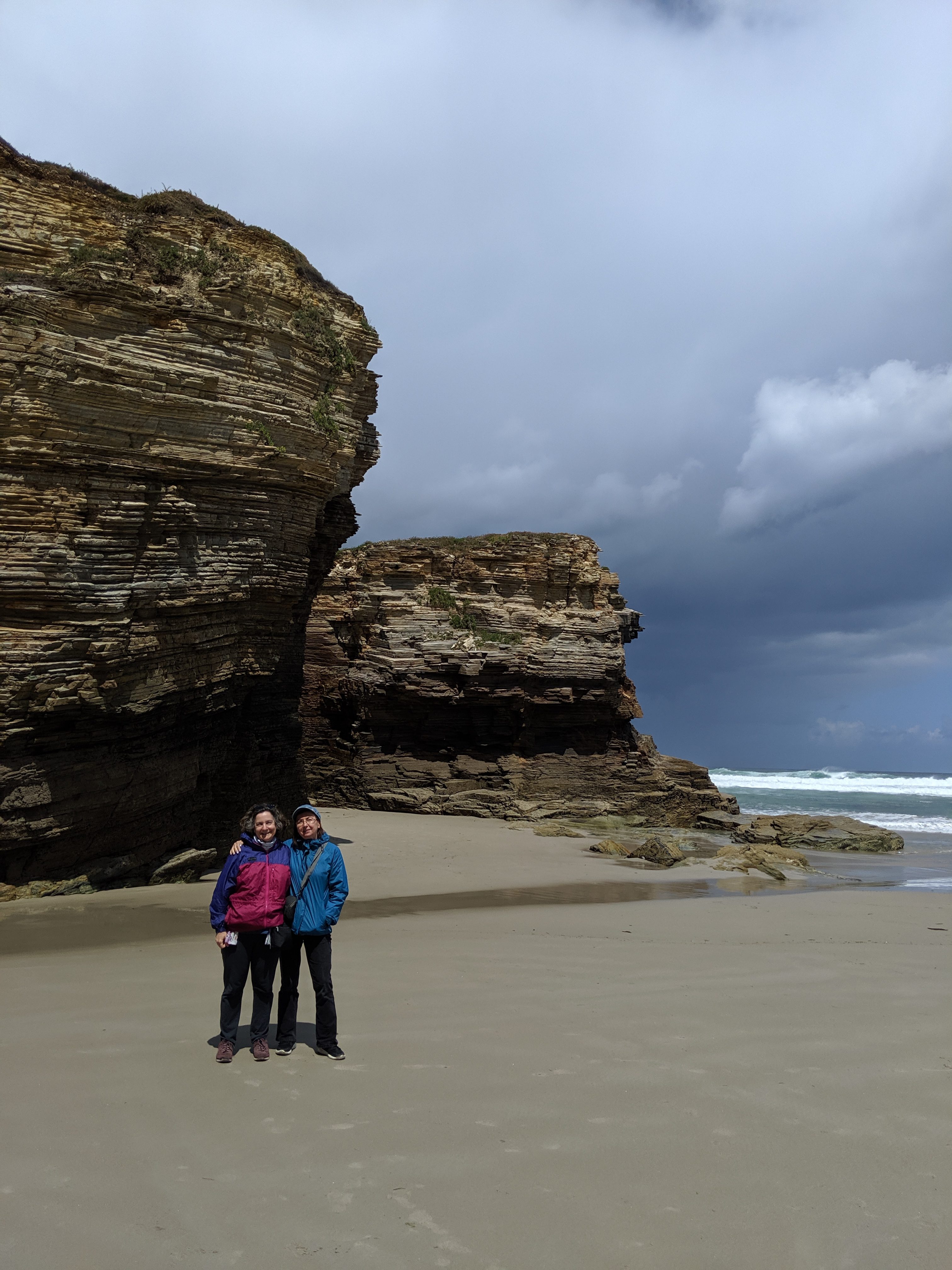
Judy (left) and Kat (right) at As Catedrais beach
Lugo is known for its Roman walls, which have been well-maintained over the centuries, so that you can walk all the way around the city on them. The city is small and pretty — a real jewel — though there isn’t much to see besides the walls. I liked the cathedral, and we also enjoyed hiking down from the city to the Minho River. We had a good walk along the river but then had to hike back up.
Ourense was originally settled because of its hot springs, and indeed these were the highlight of our visit there. The downtown thermal pool (As Burgas) was temporarily closed, so we walked across the river to A Chavasqueira, where we hung out with (mostly) local folks for whom soaking in these natural hot tubs is a regular activity. Conversation flowed in both Spanish and gallego: the local Romance language, and the source of Portuguese. I really hope that tourism doesn’t eventually overwhelm Ourense; I’d hate to think that use of these baths might have to be regulated. We also walked the dramatic up-and-down pedestrian loop of the city’s brilliant Puente del Milenio, or Millenium Bridge.
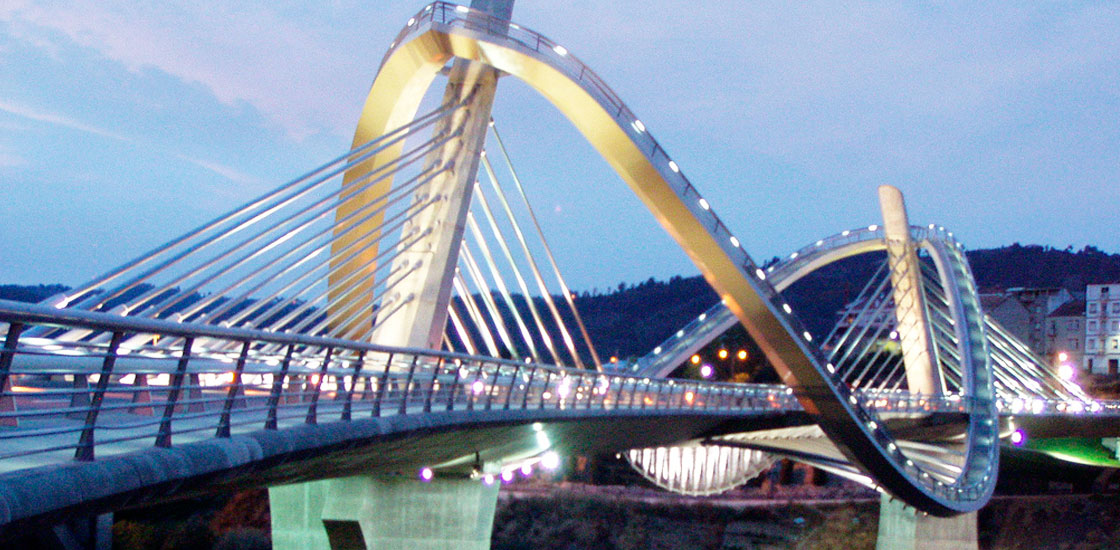
The entire tourist industry of Galicia, and much of its cultural identity, revolves around the pilgrimage destination of Santiago de Compostela. According to tradition, the apostle Saint James (Santiago) preached the Gospel in Spain, was buried in Galicia after being martyred in Jerusalem, and reappeared to lead a crucial (though mythical) battle during the Reconquista (the retaking of Spain from the Moors). His relics are now in the crypt of the cathedral in Santiago de Compostela. Believers have been walking the Camino (‘road’) to the cathedral since the tenth century; they currently number annually in the hundreds of thousands, their numbers swelled by spiritual seekers in general as well as ambitious hikers.
The cathedral is currently being renovated. Luckily for us, the scaffolding is now off the building’s main facade, which fronts the Plaza de Obraidoro, where pilgrims take off their backpacks and/or park their bicycles, lie down, and feast their eyes on the splendid setting. The cathedral’s interior is now mostly inaccessible, which must be a disappointment to genuine pilgrims who have been looking forward to celebrating the Pilgrim Mass inside.
Besides admiring the cathedral’s sparkling-clean exterior and visiting its excellent museum, we played pilgrim ourselves by hiking the first stage of a popular add-on to the Camino that heads west through the Galician countryside, from Santiago to Finisterre on the Atlantic coast. Our 20-kilometer walk, which took us as far as Negreira, was a substantial challenge, but it was fun to follow the traditional waymarkers and to exchange greetings with walkers headed in both directions.
After these three trips I’m unlikely to visit Spain again anytime soon. My top Spanish-speaking travel priority is to see more of South America, starting with Argentina and Uruguay. Maybe next year!
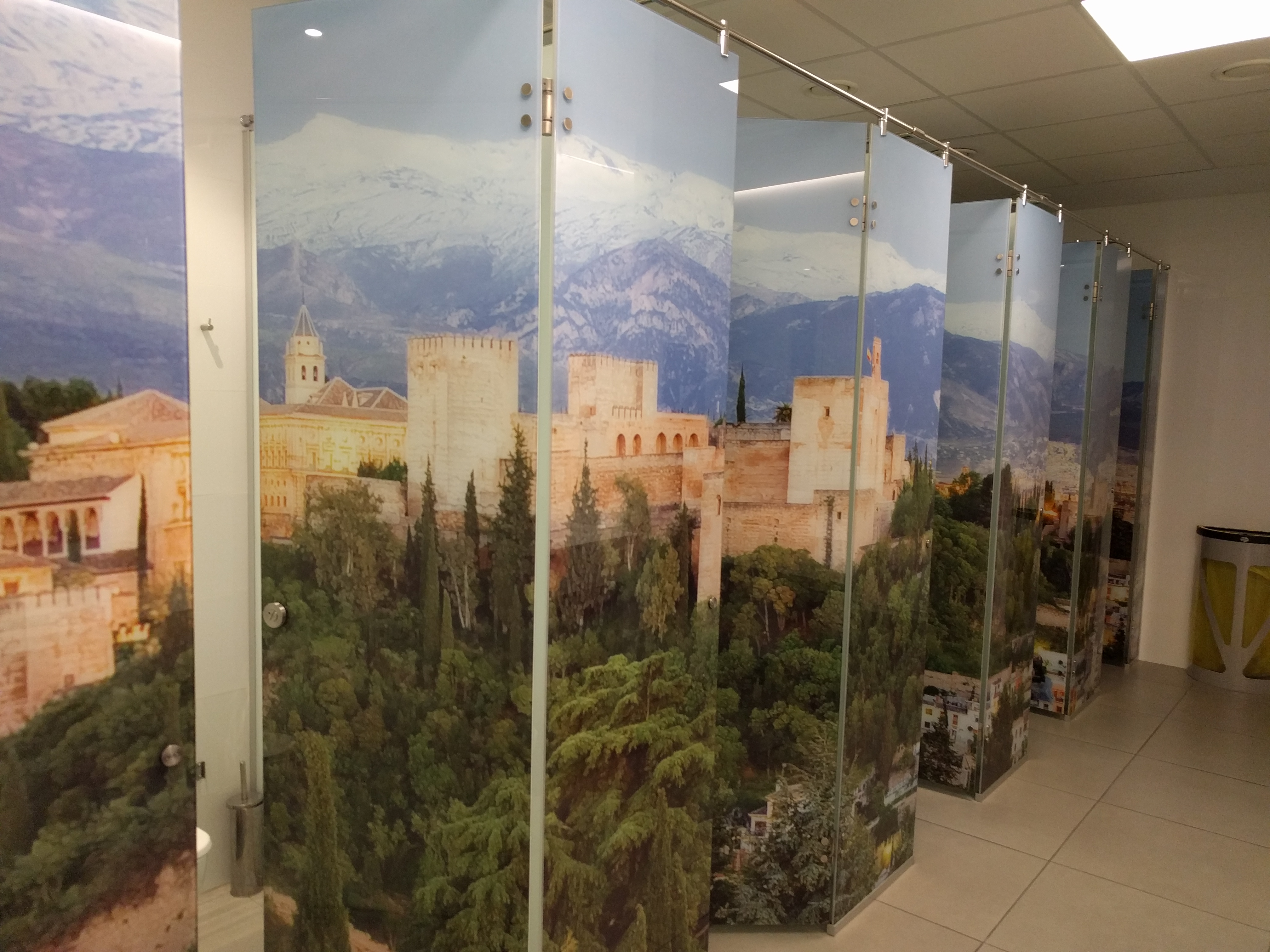
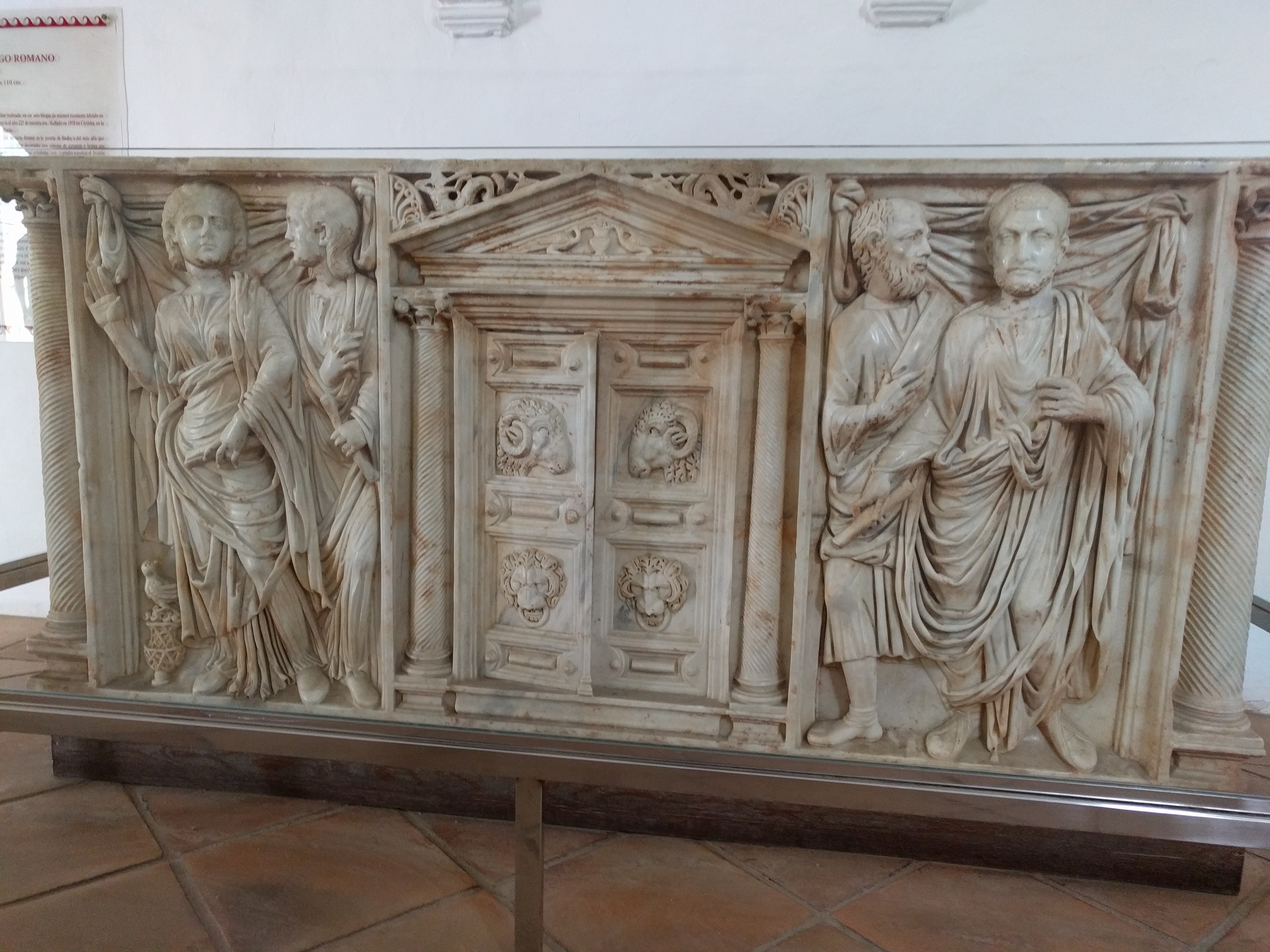
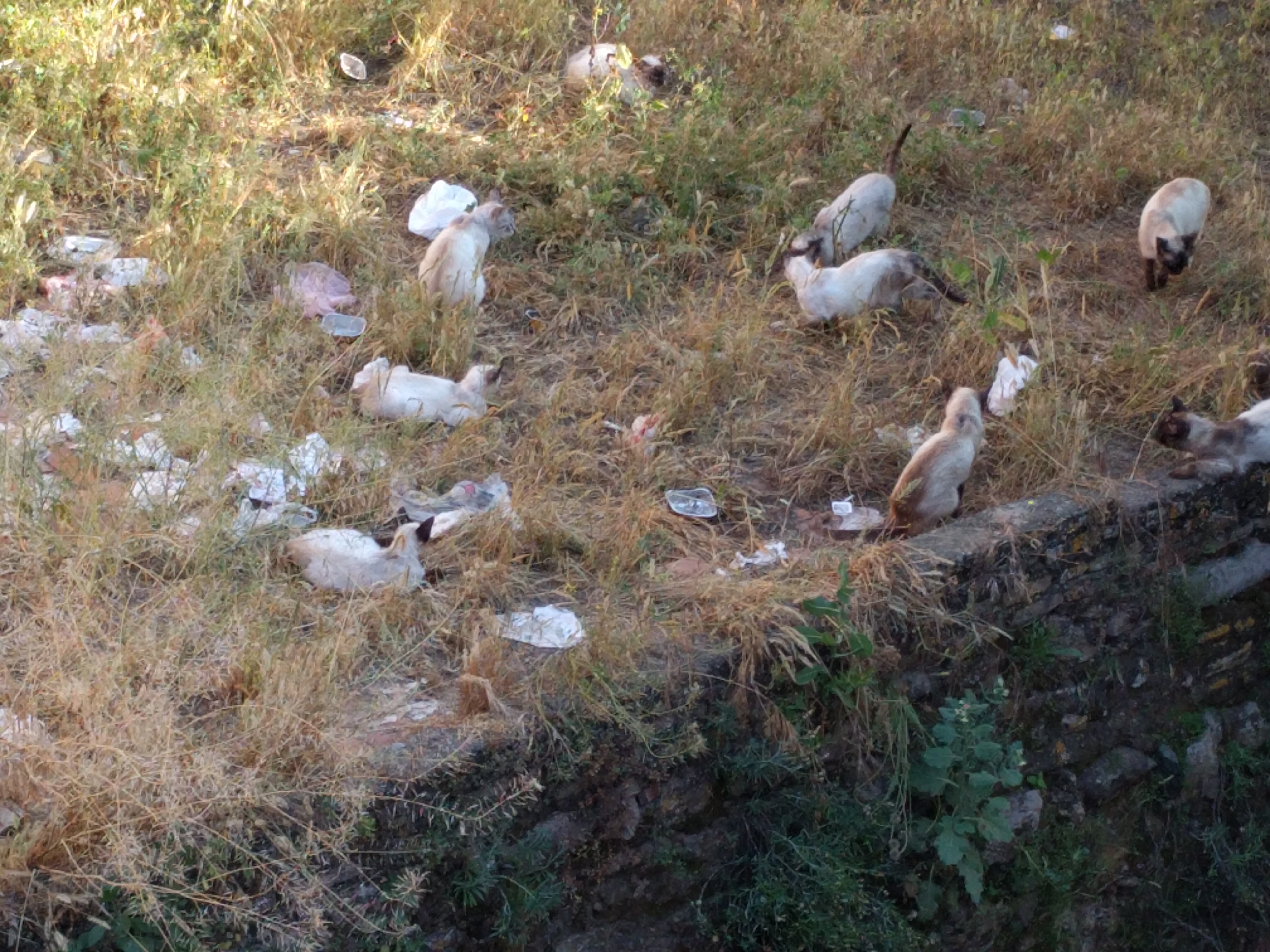 Our favorite place to hang out, though, was the
Our favorite place to hang out, though, was the 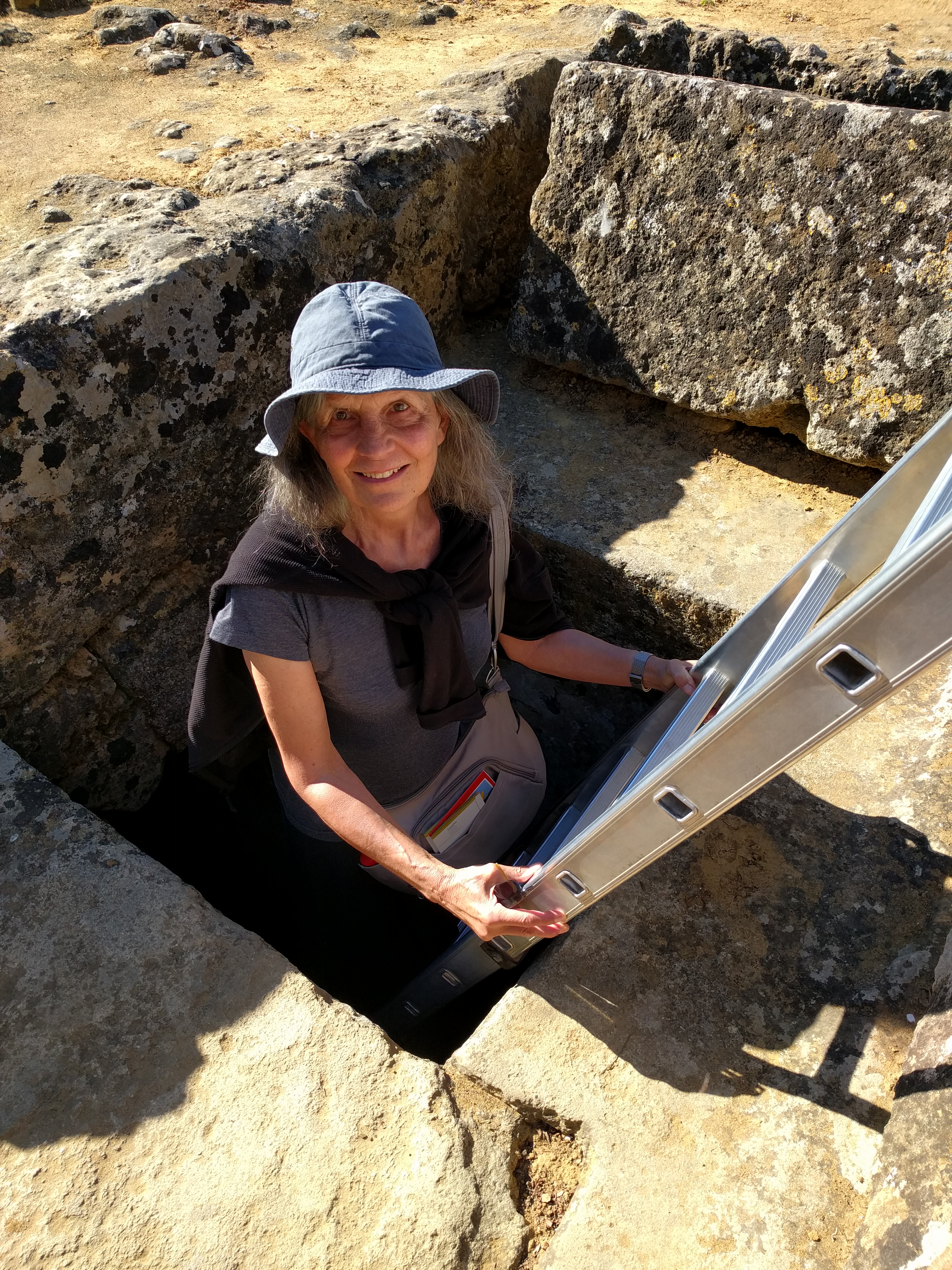
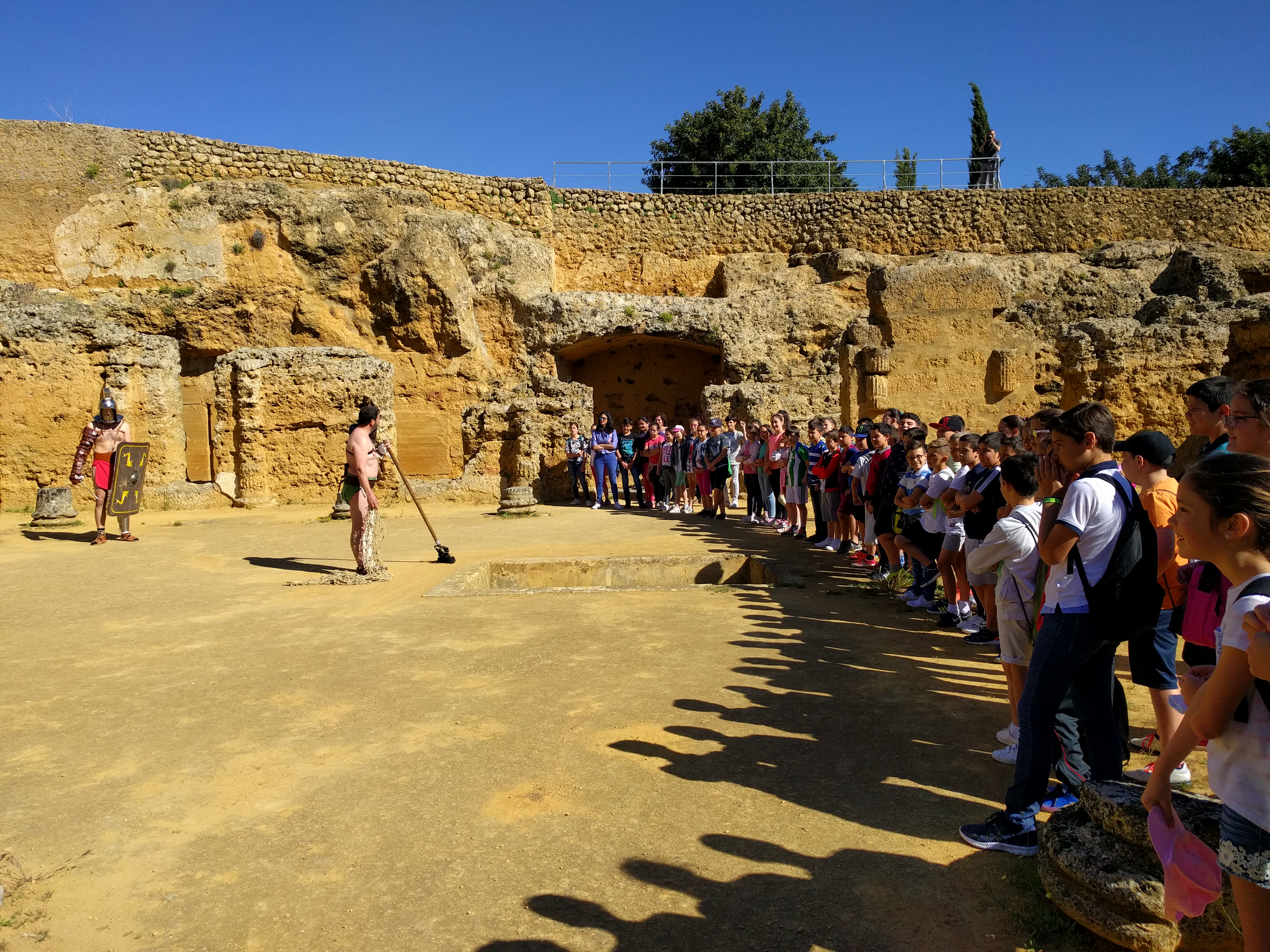
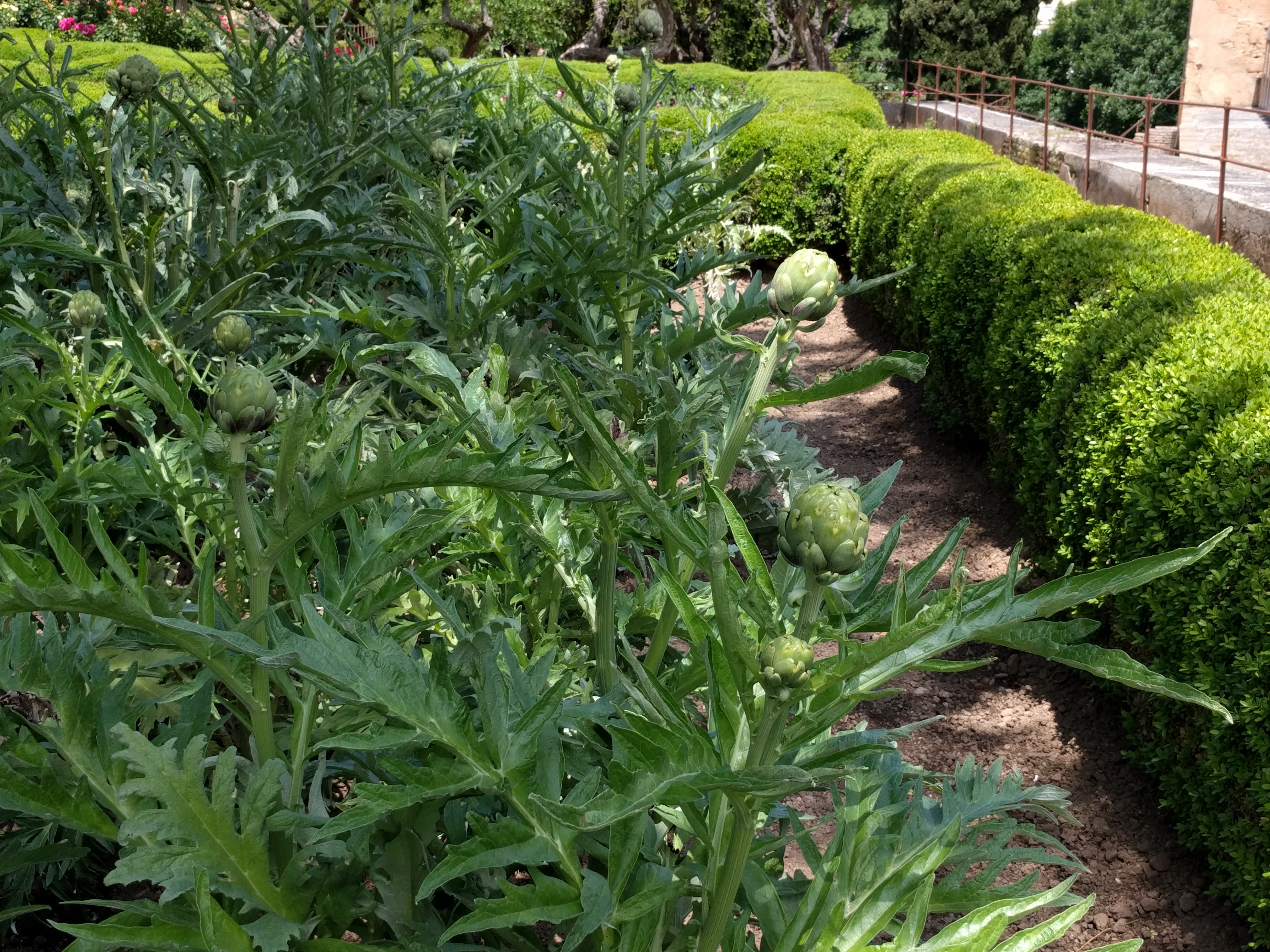 We rented a comfortable and light-filled apartment across the street from the Cathedral — two thumbs up for
We rented a comfortable and light-filled apartment across the street from the Cathedral — two thumbs up for 


